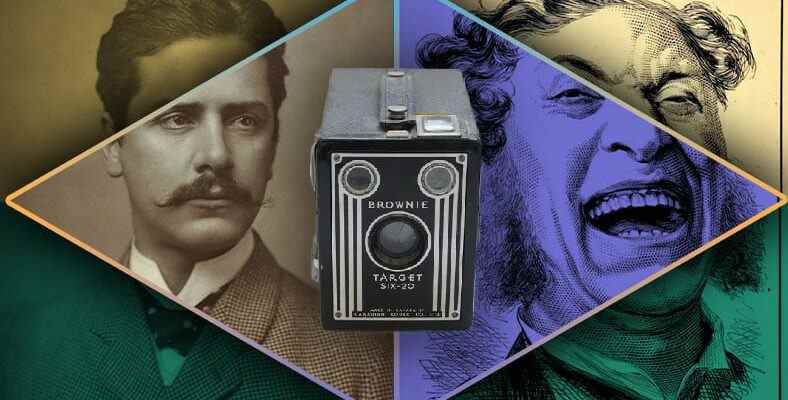Very serious facial expressions greet us in the images that emerged in the early stages of photography. So what are the reasons for this?
In ancient times, photograph We find that smiles are incredibly rare in human drawings, even before machines. This was so common that we can notice it in the photography that came out later. So much so that because of the faces that do not show any sign of happiness, most people reject all those who lived in ancient times. unhappy he can think.
But things are not quite as we thought. People (where the camera first appeared) in the 1800’s He was as happy as he is today. So why this happiness? to photos didn’t they transfer? Let’s see together.
But first…
“People were happy in the 1800sIt is necessary to reconcile the sentence ” with today’s happiness. Certain problems of countries, wars, crises, etc. maybe but these are like smiles a natural response cannot eliminate.
because to laugh is a reaction; It is not an ‘expression’ that we carry on our faces all the time.
Let’s get back to our question: Why didn’t people bring their smiles to the photos?
MonoVisions
From here on simple to complex We will be moving in the right direction.
The long photo duration is the first reason most people point to. But…
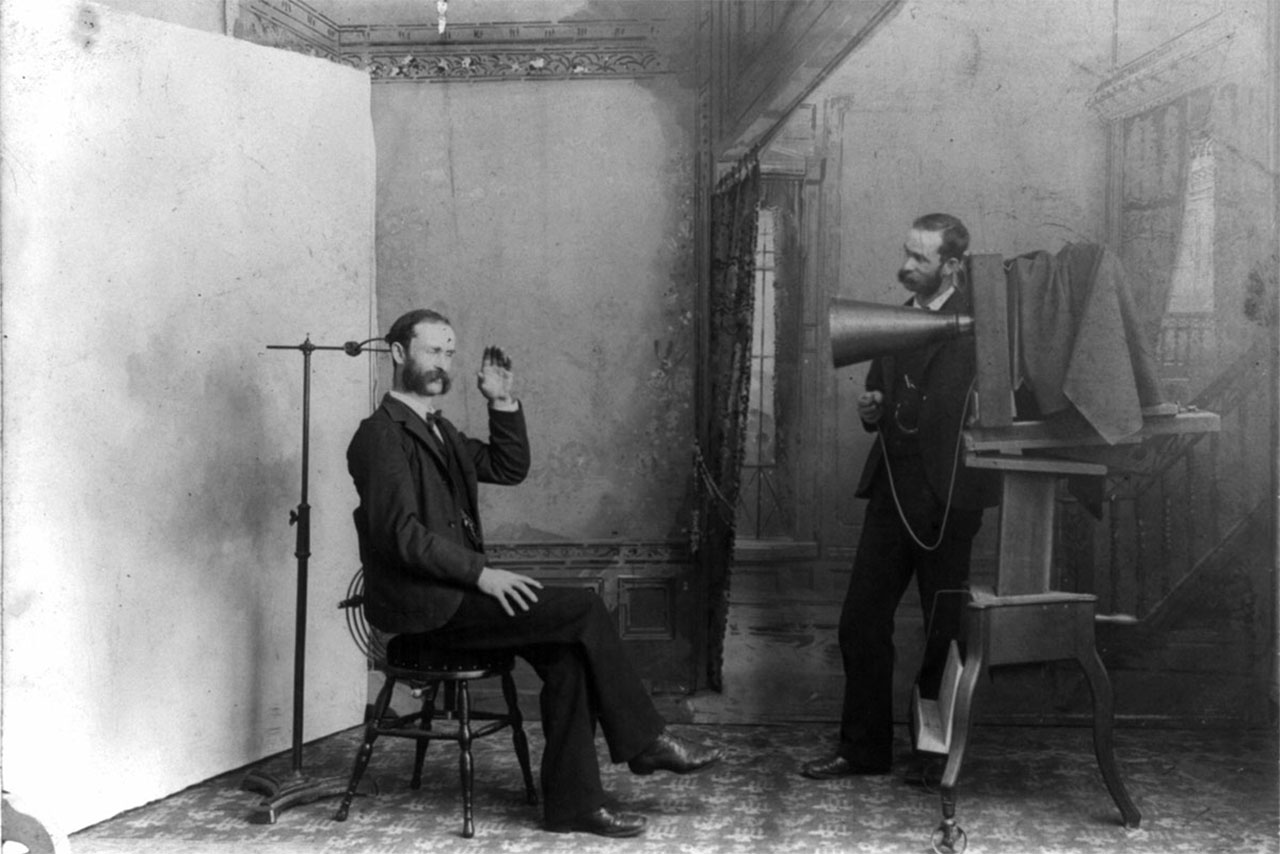
Time taken of the photo until the 1850s even in a few seconds. Before this long It may be difficult to smile for long periods of time.
But if this were such a deep-rooted problem, as we say in the 1850s this situation would be over.
The second widely believed reason is that the teeth were not wanted to be shown at that time.
In the 1800s of course everyone in the dirt We are not saying that he was traveling. But the understanding of hygiene was quite different from today. For this reason, most people’s teeth did not look very aesthetic.
But did that prevent them from smiling?
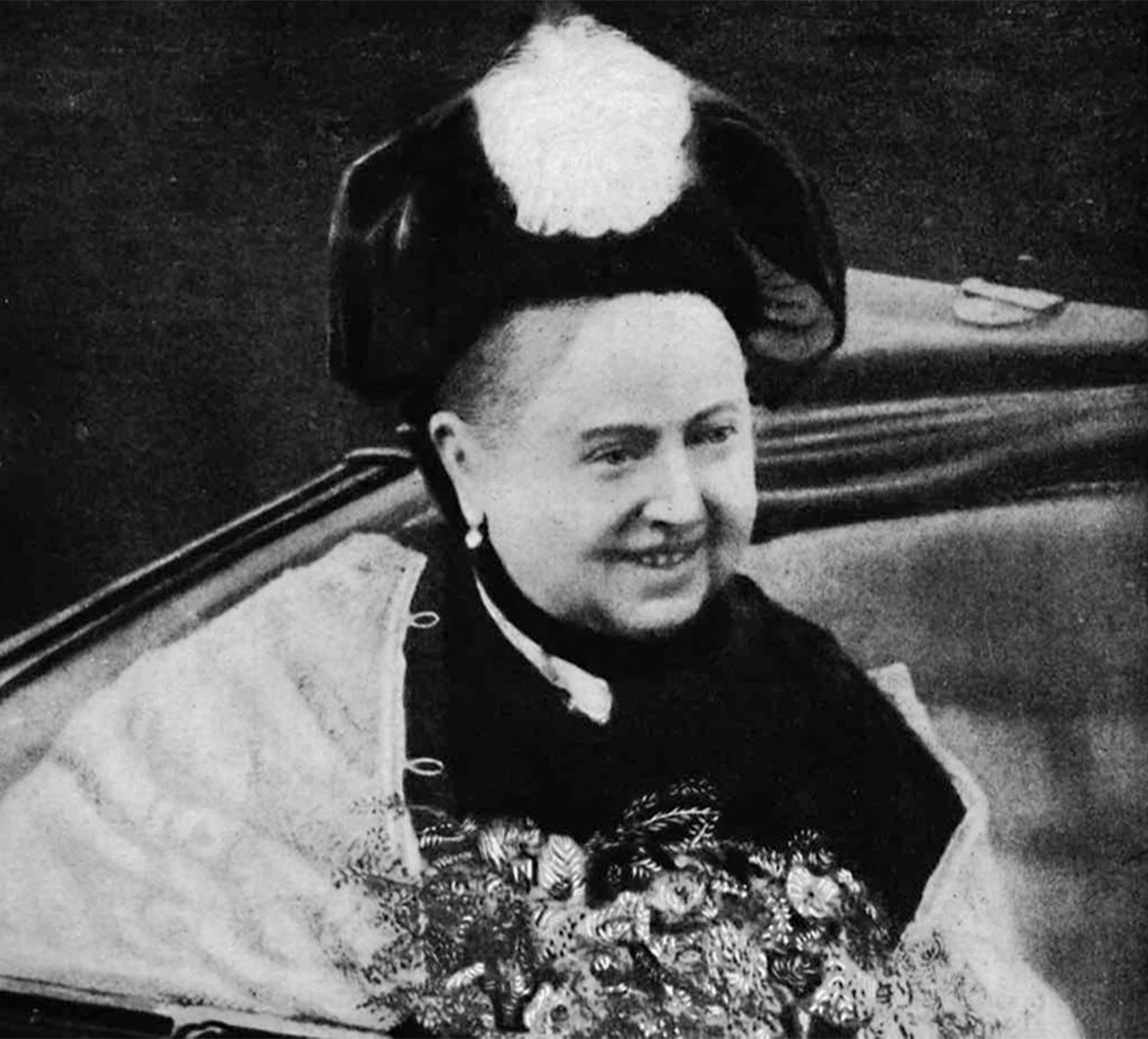
Queen Victoria
No, of course. However, the prevalence of this situation is seen as tolerated in society. it doesn’t mean. Laughing loudly and showing teeth in open spaces was not tolerated.
But as we all know, our teeth without showing We can laugh quite frankly.
Then what was this reason that prevented laughter?
We cannot answer this question unequivocally, but most likely Let’s share with you.
The answer is thought to lie in traditions and habits.
Nowadays, we have phones that can take instant pictures. In this way the moment we want We can get it any way we want.
Our only thought memory but it can be handled with solutions such as backups.
But the understanding of photography in the old times was very different.
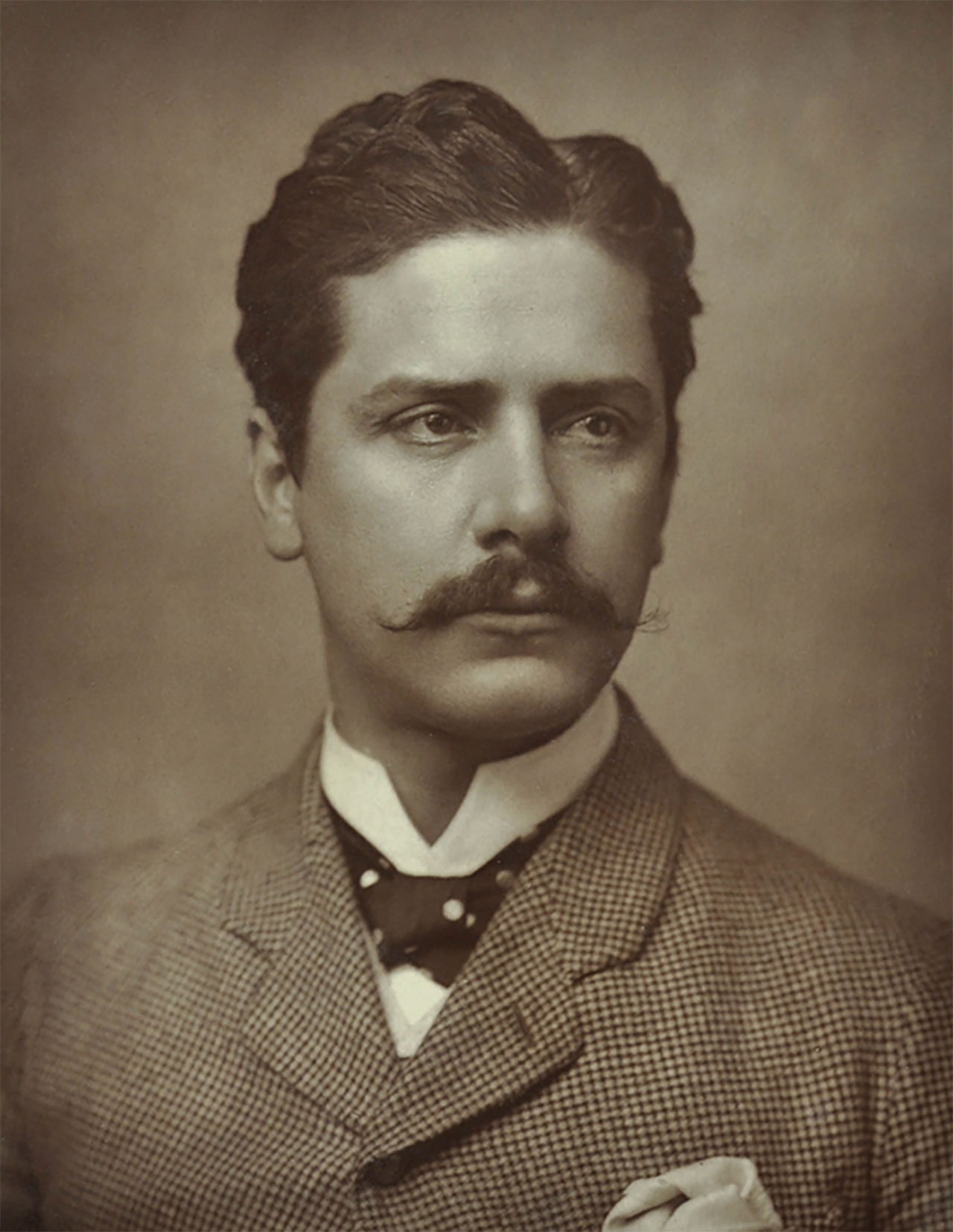
William Terriss
Photo in these times, lucky (rich) was an opportunity available to those who were. In addition; These photographs were taken as a monument to those who wanted to be remembered.
Maybe all your life only once You wouldn’t want to waste this opportunity laughing at those times.
Because the same understanding was dominant with portrait drawings.
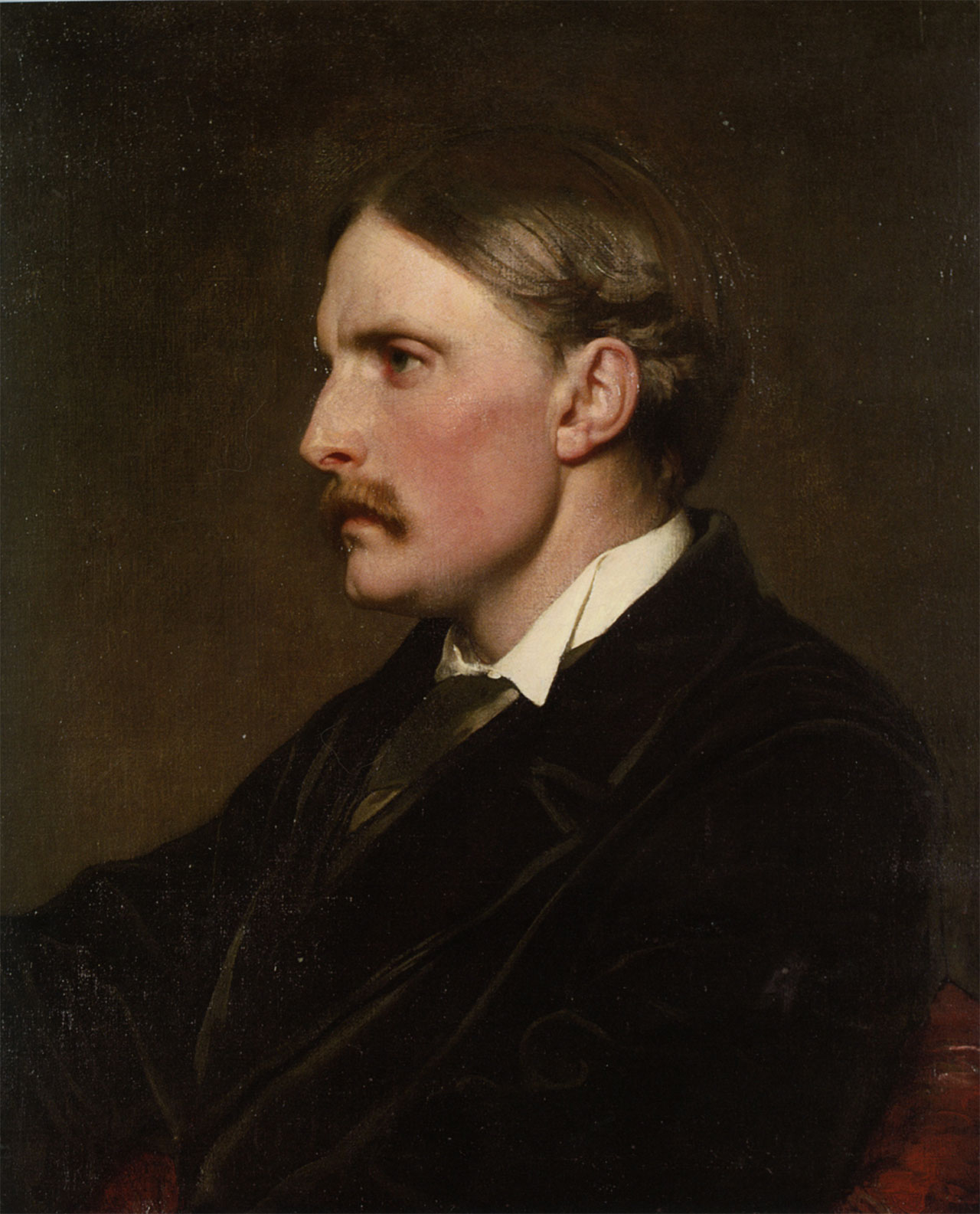
Henry Evans Gordon
So most people tried to look as serious and beautiful as possible. You can see this especially in portraits of historically important personalities. Wealthy family members also had this attitude.
So in a way they immortalized they were.
Finally, we can say that laughing in public is not generally welcomed.
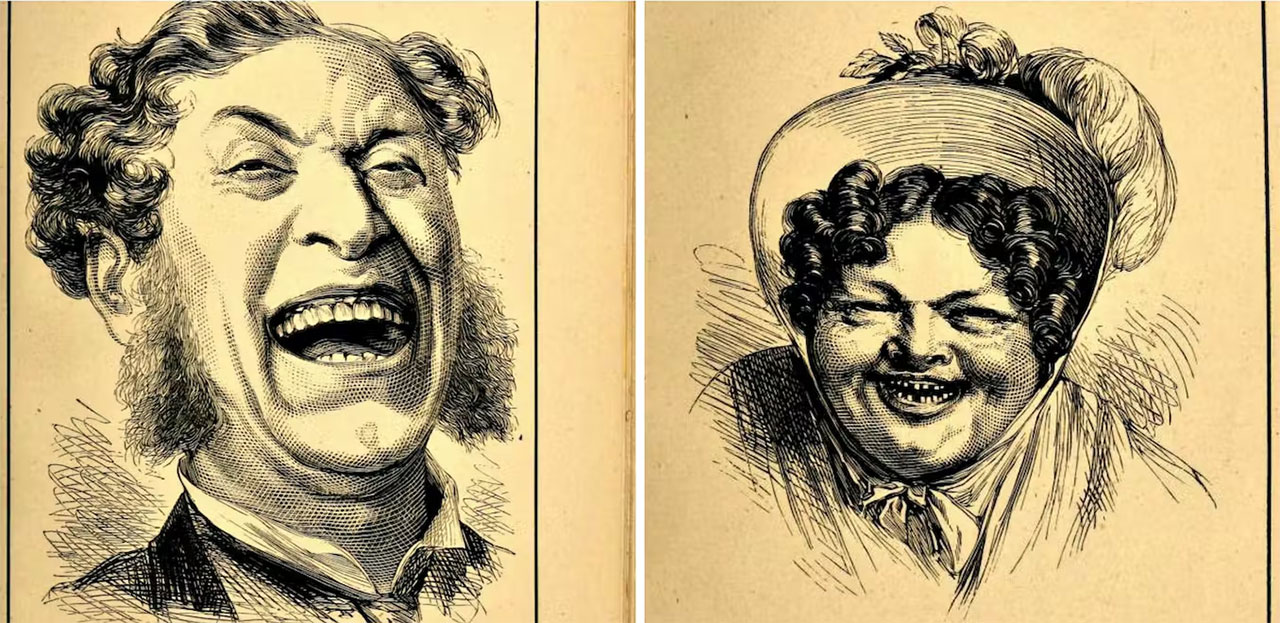
The Philosophy of Laughter and Smiling (1875)
Don’t get this wrong. Because even today loud laughter throwing them away may not be very welcome, which is the case in every country.
It was only in earlier times that this condition was more widespread and deep-rooted. People who laugh too much with mental disorders most people tried not to create such an impression.
All of which explains why people mostly don’t laugh in photos.
In fact, there are photographs of smiling people in the 1800s we are talking about.
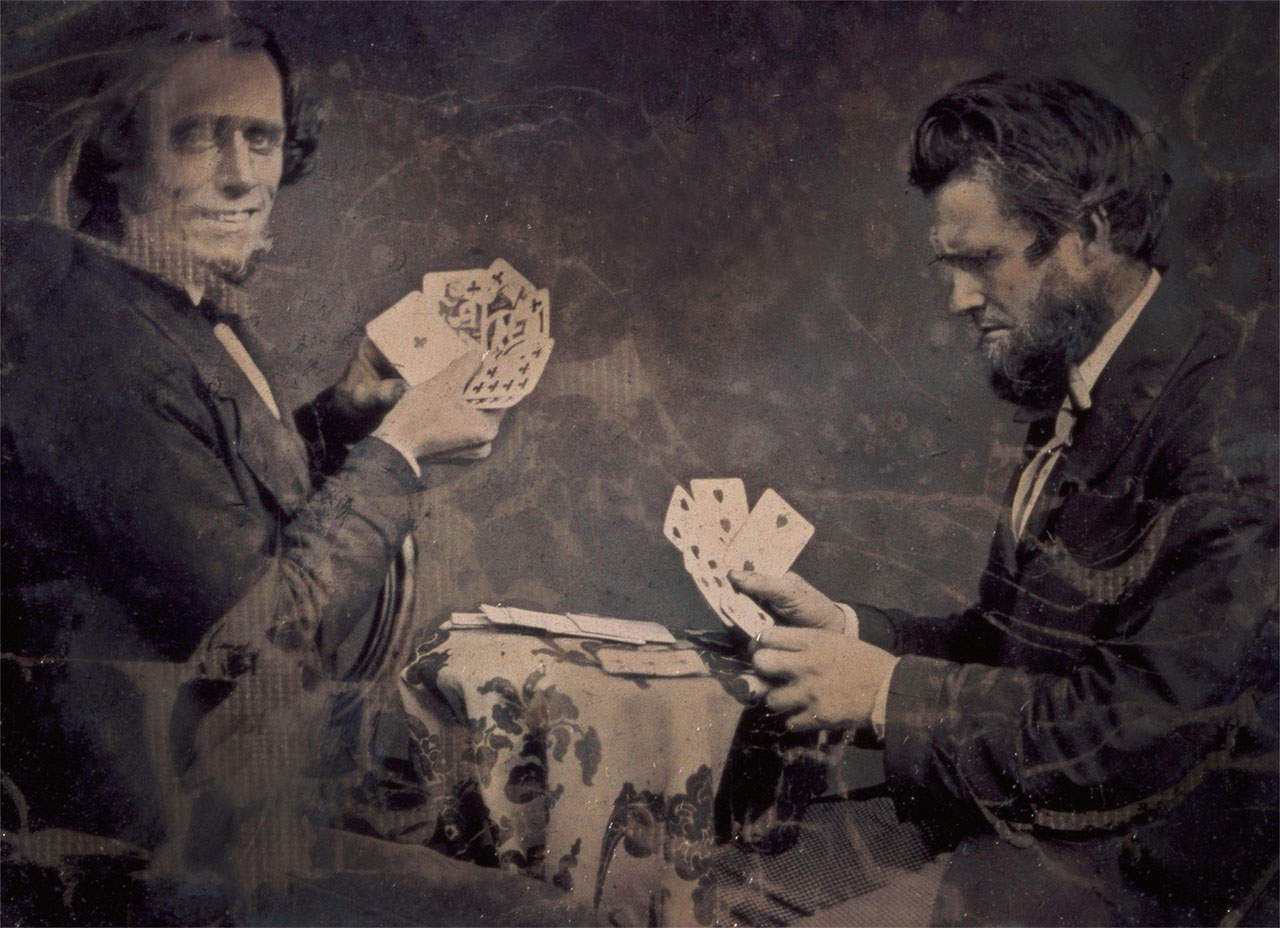
Isaac Wallace Baker/1853
Only big photo studios get people to stand a certain way. as it directs seems to be standard. Here, too, we see the effect of habits.
For example upper you can look at the photo.
When did we see the photos where the smiles were captured?
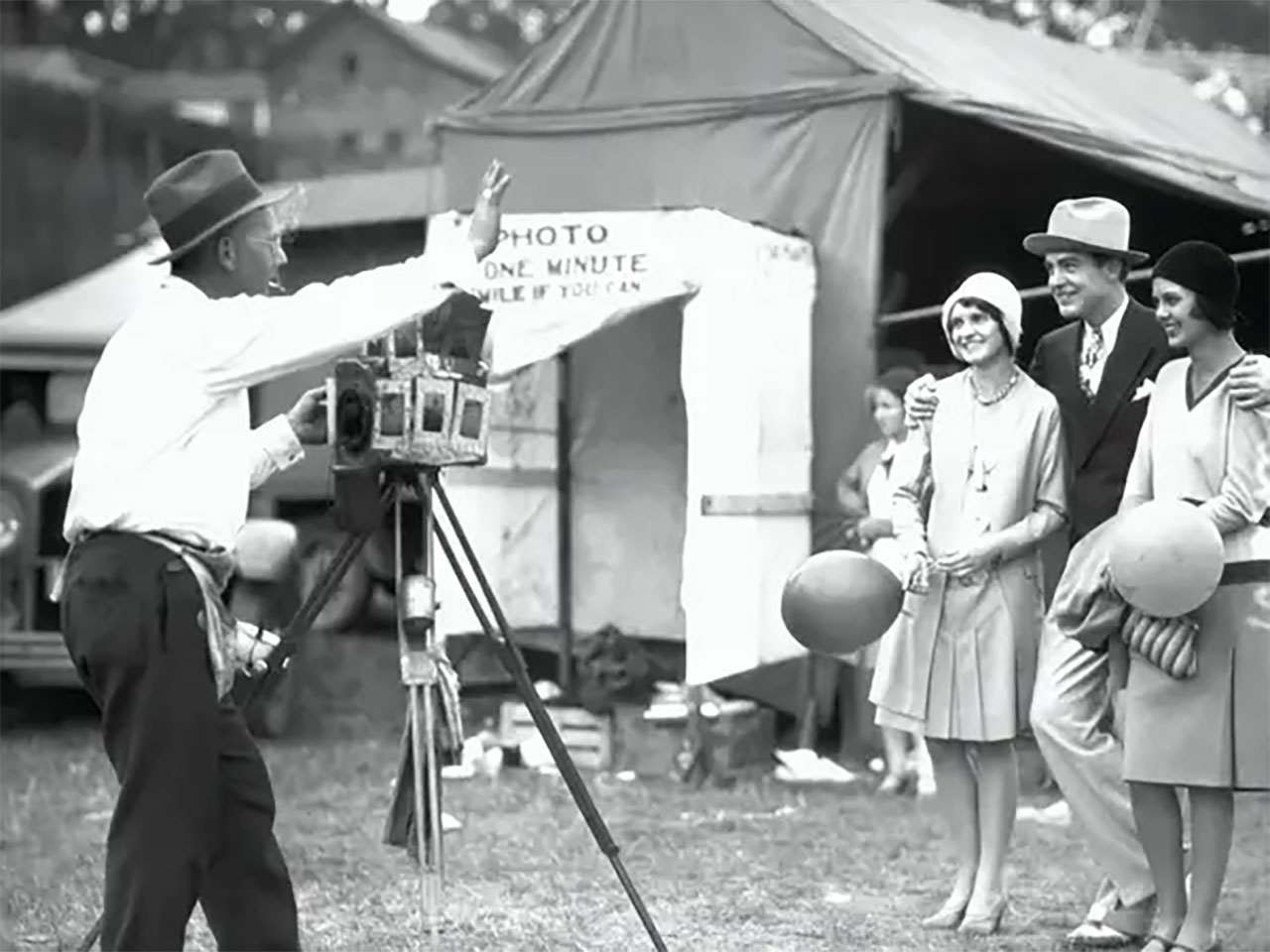
H. Armstrong Roberts
Generally speaking, roughly from the 1900s Going back to the 1910s, 20s, and back in this way, the prevalence of laughing in photographs over time is striking.
Here we attribute our subject to the founder of Kodak company, George Eastman.
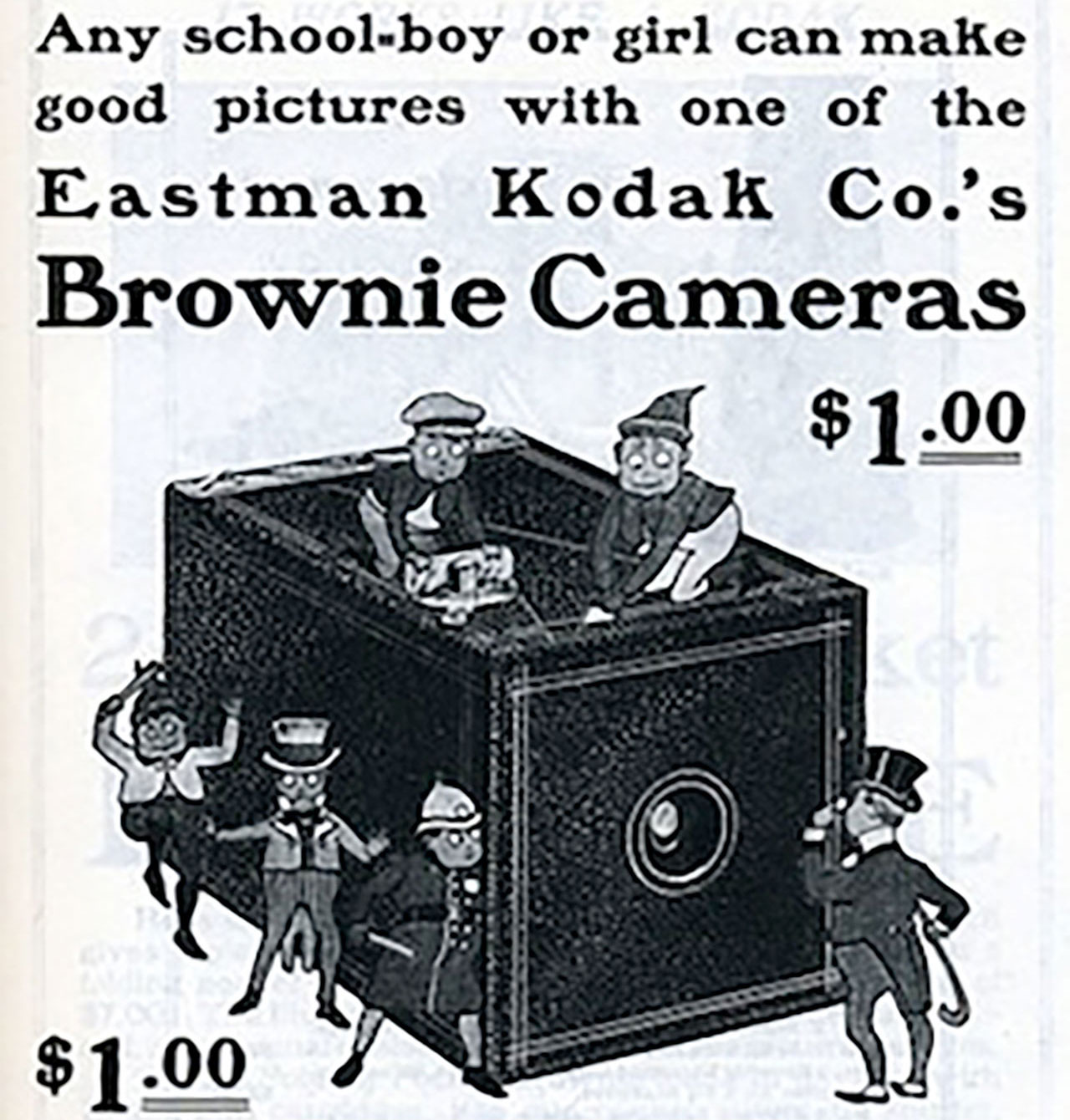
- Any boy or girl can take beautiful pictures with Eastman Kodak’s Brownie machines (1900)
The company’s handheld their cameras (first in 1888), this experience, which people saw as a luxury, became widespread among the people.
The developments in this field and the more accessible machines have increased the number of amateur photographers over time.
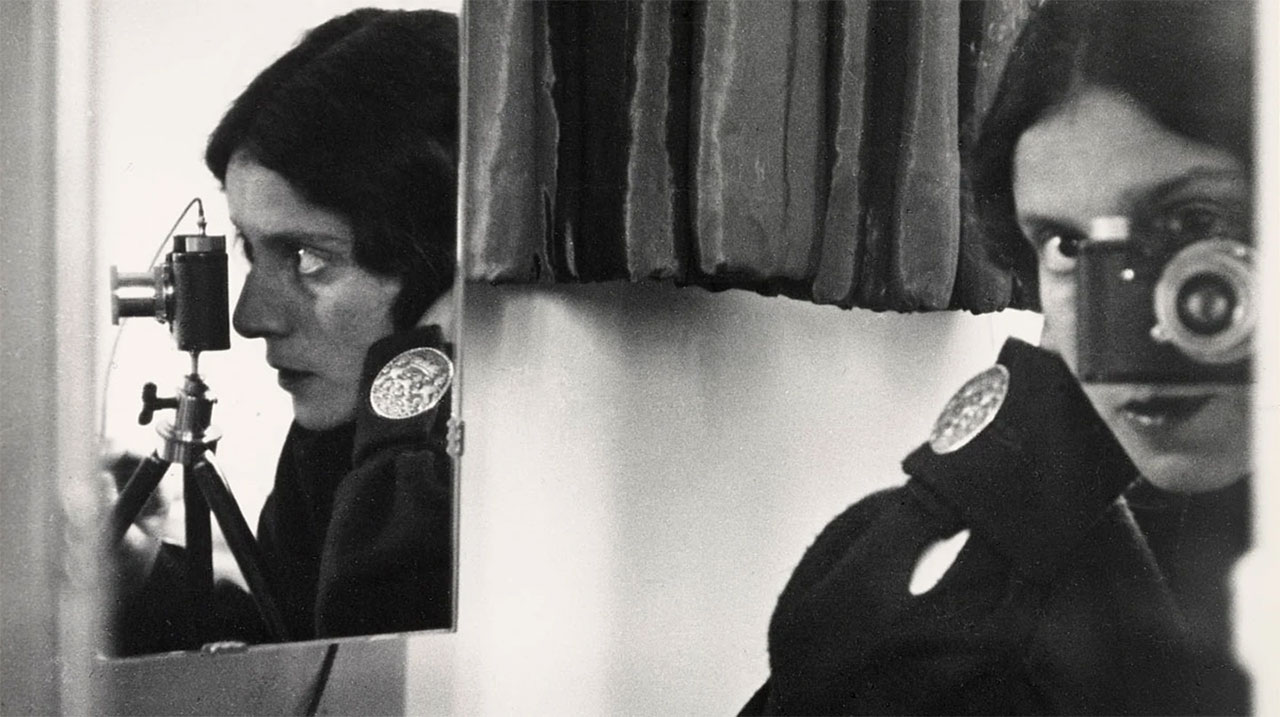
Ilse Bing
In this way “I will draw all my life my only photo it’s going to happen” mentality also slowly disappeared and people’s worries about not laughing began to fade, as can be seen from the photos.
A few more interesting facts:
- The tradition of commemorating the dead by taking pictures with them was quite common in daguerreotype times.
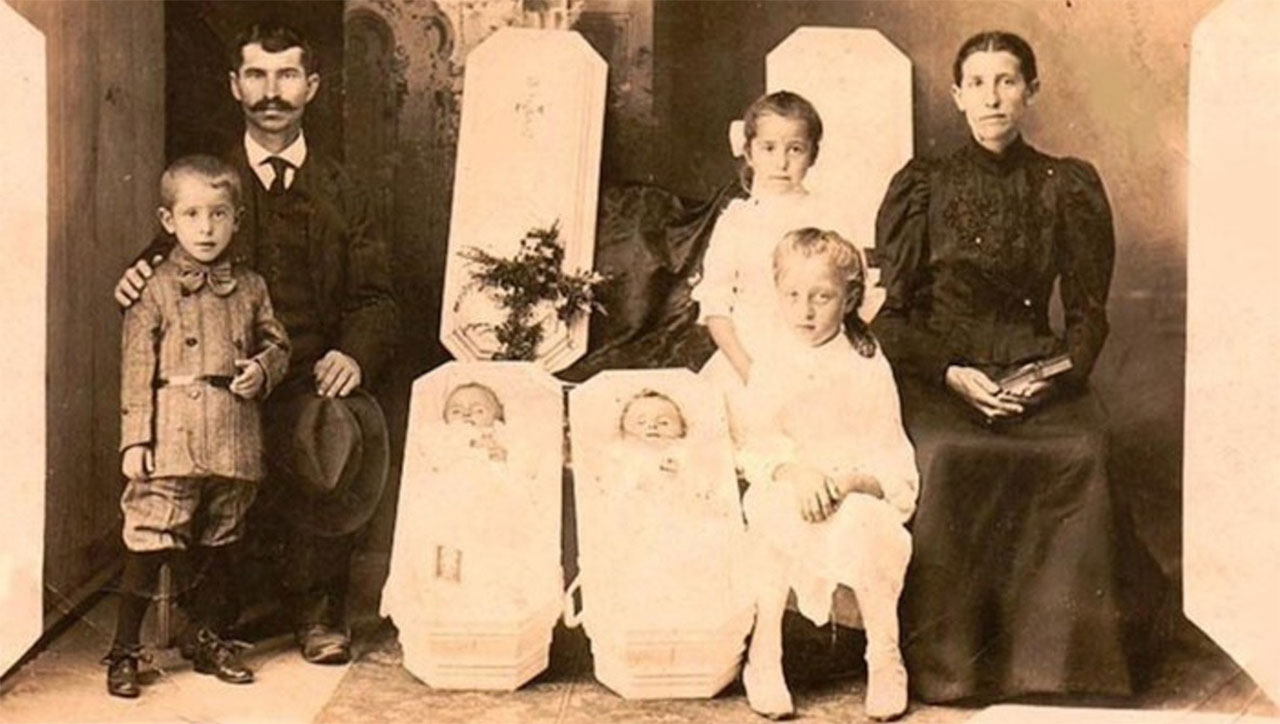
Image That Can Be Disturbing
- At the very beginning (in 1827) Joseph Nicéphore Niépce had the method of ‘drawing the sun’. With this method, the image you can see below was obtained and it took about 8 hours. If the original name of the method is heliograph
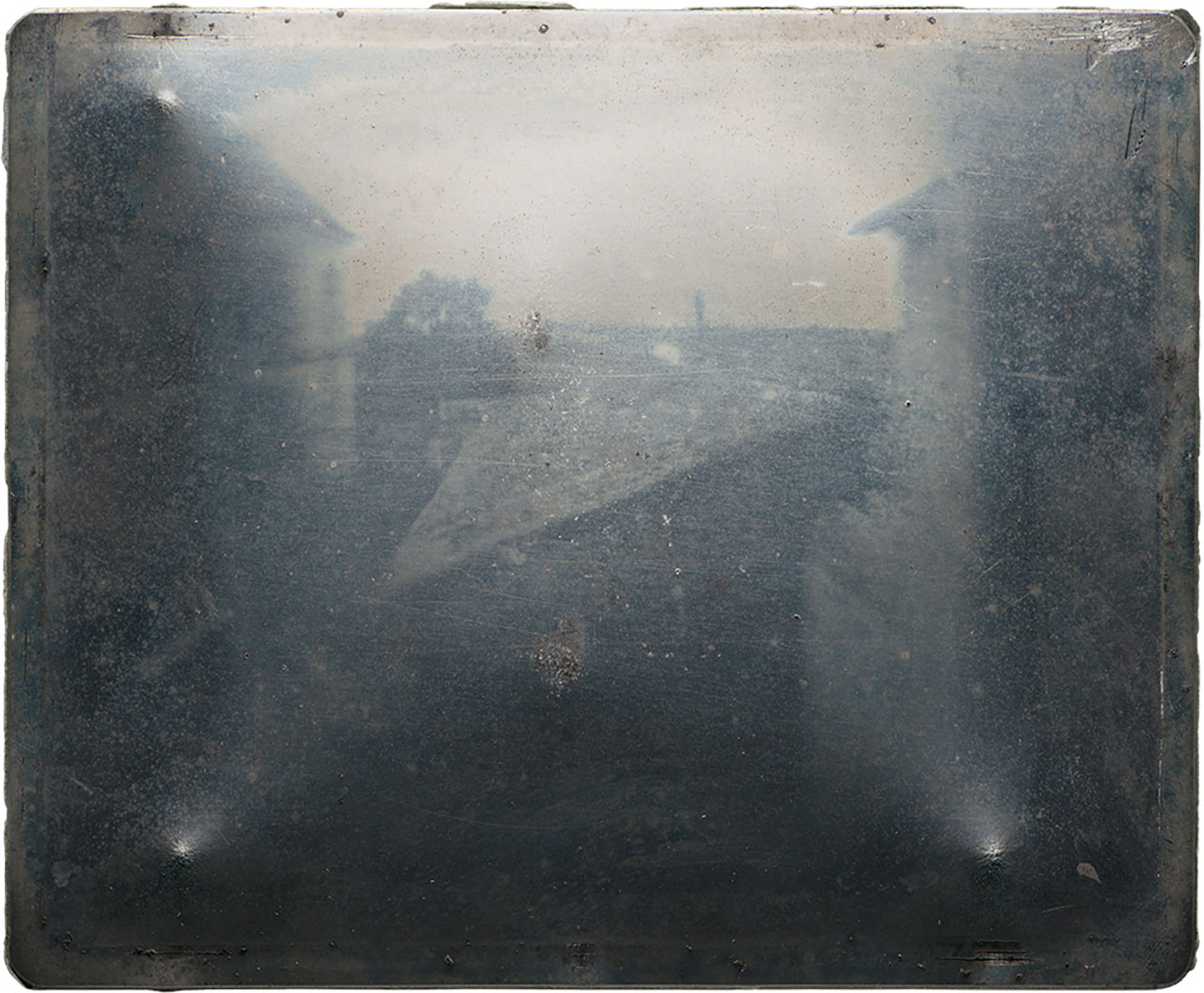
Joseph Nicéphore Niépce
- Louis Jacques Mande Daguerre discovered the Daguerreotype technique in 1839, which made photographs permanent.
- Frederick Scott Archer On the other hand, with the wet-plate collodion method, which he developed in 1851, he succeeded in reducing the time of taking photographs to between seconds and minutes, depending on the situation.
- Portrait painters, when it comes to the dead double payment And because he wanted to, people tended to photography more.
- Today, people are asked to say “cheese” to make it look like they’re laughing.
- In order to make the lip look smaller with the effect of beauty standards in previous times prune (prune) was asked to be called.
- Looking at Turkey’s photographic history, it is thought that the first photography studio opened in the Ottoman Empire was opened by Daguerre’s own student, Monsieur Compa.
- Zira studio was founded in 1842. in Beyoğlu opened.
RELATED NEWS
Turkish Diorama Artist İsmail Kuş’s Works You Will Admire His Details and Realism
You can share your thoughts in the comment section.
resources: Weird History, TIME, Image Restoration Center, American Daguerreotypes, Harry Ransom Center, Un Jour de Plus à Paris, The Franklin Institute
